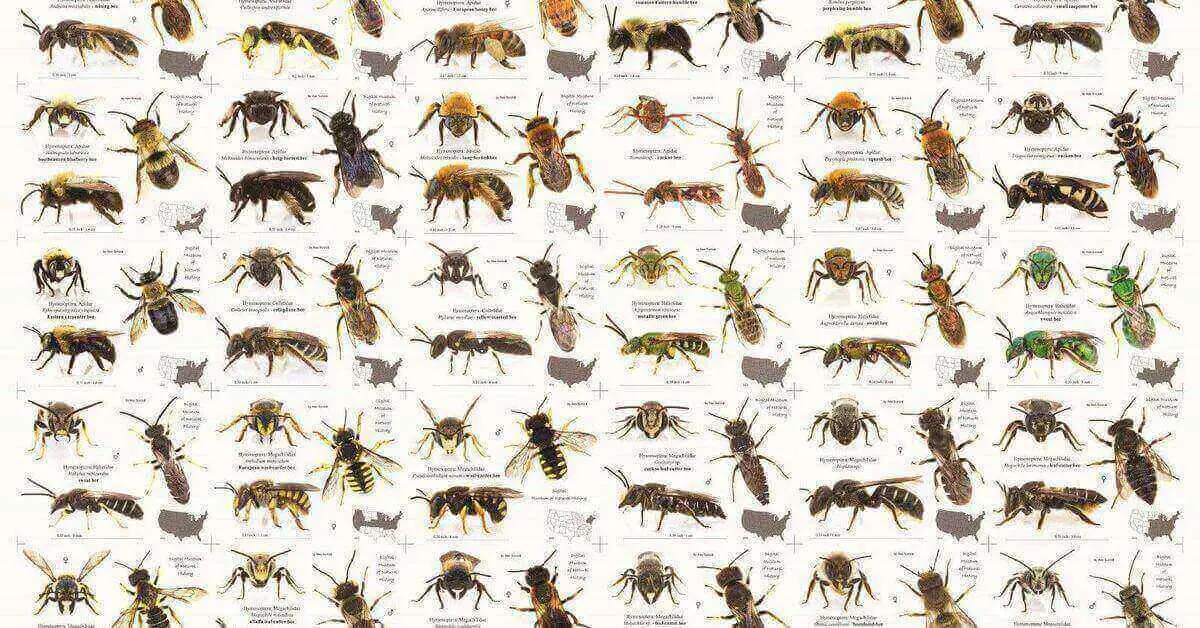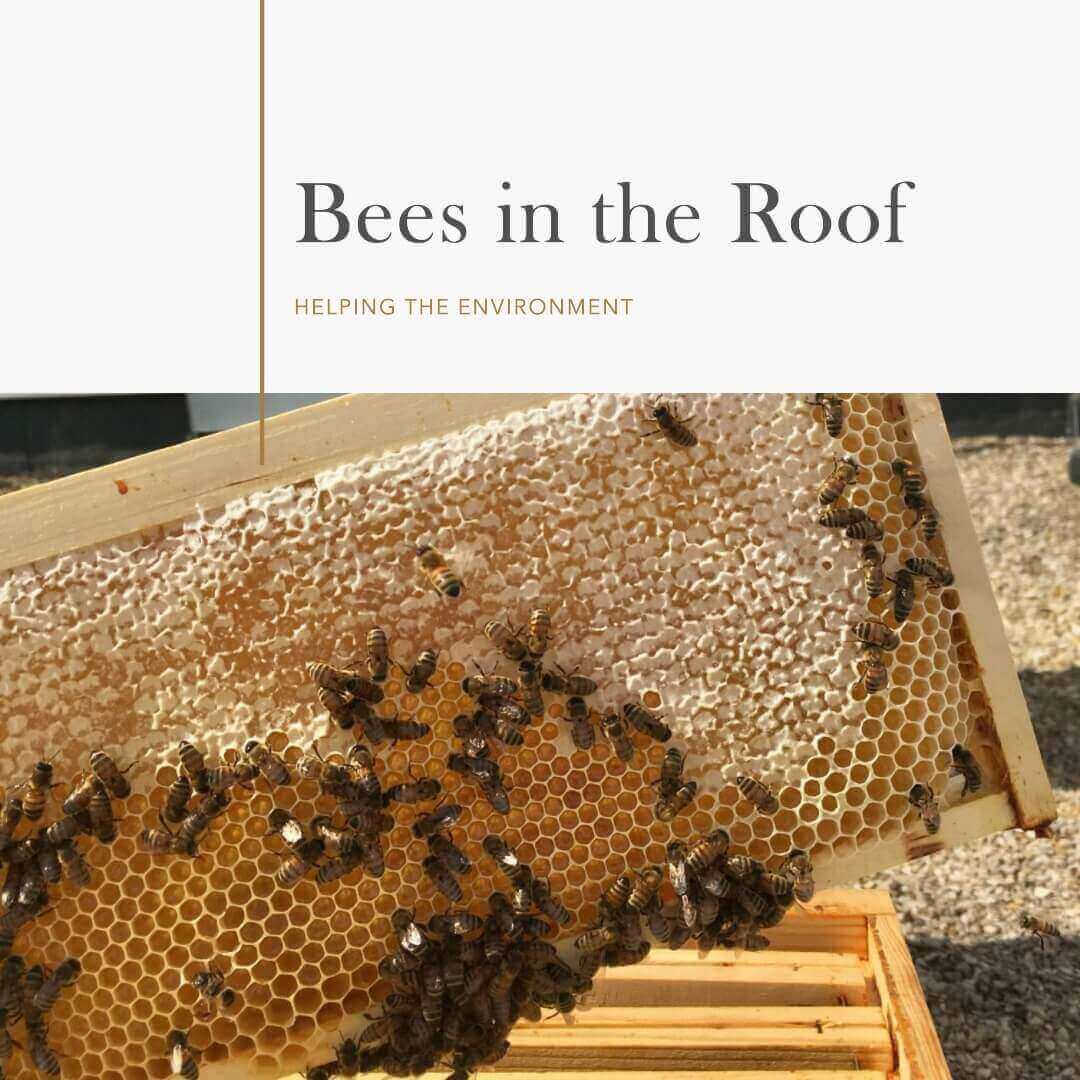In the enchanting realm of nature’s miniature wonders, few creatures captivate our attention like the yellow jacket vs bee. These tiny titans, both wearing their striking black and yellow attire, command our curiosity. From picnics to gardens, their presence often elicits mixed emotions of fascination and caution. But what sets these buzzing marvels apart, and how do their lives intertwine with ours? Join me as we delve into the intricate world of the yellow jacket vs bee saga.
Meet the Yellow Jacket
The yellow jacket! Picture a summer day, and there it is, hovering around your picnic. But before you label it a party crasher, let’s understand this pint-sized predator. The yellow jacket is no bee; it’s a wasp! These sleek stingers are members of the Vespidae family and are renowned for their vibrant yellow and black stripes. Fear not, though, for not all yellow jackets are aggressive; some are more inclined to scavenging for sweets than engaging in aerial acrobatics.
Meet the Bee
Bee – the nature-loving, nectar-gathering dynamo. Bees belong to the Apidae family and are often recognized for their vital role in pollination. While they share the yellow-and-black uniform, bees are hairier and plumper than their wasp counterparts. Their primary agenda? Pollination and honey production. Bees are the guardians of our floral kingdom, flitting from one bloom to another, orchestrating nature’s grand symphony.
Scientific Classifications of Yellow Jackets and Bees
| Taxonomic Rank | Yellow Jackets | Bees |
| Kingdom | Animalia | Animalia |
| Phylum | Arthropoda | Arthropoda |
| Class | Insecta | Insecta |
| Order | Hymenoptera | Hymenoptera |
| Family | Vespidae | Apidae |
| Subfamily | Vespinae | Apinae |
| Genus | Vespula, Dolichovespula | Apis |
| Species | Various species | Various species |
Key Factors about Yellow Jackets vs Bees
| Factors | Yellow Jackets | Bees |
| Diet | Carnivorous, feed on insects and sugary substances | Herbivorous, primarily feed on nectar and pollen |
| Nest Construction | Build papery nests in aerial locations | Construct hives using wax and propolis |
| Social Structure | Complex, live in colonies with queens, workers, and drones | Also live in colonies with queens, workers, and drones |
| Sting | Aggressive and can sting multiple times | Less aggressive, usually sting only once |
| Body Size | Generally slimmer and more streamlined | Typically larger and more robust |
| Coloration | Bright yellow and black markings | Varied colors including black, brown, and yellow |
| Pollination | Not primary pollinators; some species may assist in pollination | Important pollinators for many plant species |
| Lifespan | Annual lifecycle, except for fertilized queens which overwinter | Can live for several months to a few years |
| Ecological Role | Predators, help control insect populations | Essential for pollination, ecosystem health |
Differences in Behavior
Yellow jackets and bees, despite their shared sartorial choices, lead vastly different lives. Yellow jackets are the more carnivorous of the two, with an appetite for insects, sugary treats, and even your outdoor feast. Their scavenging skills often lead them to cross paths with humans, giving rise to the infamous picnic snatchers.
On the other hand, bees are the plant kingdom’s messengers. With their pollen-coated bodies, they zip from flower to flower, inadvertently facilitating the reproduction of plants. The nectar they gather isn’t just for their own sustenance; it’s the raw material for the liquid gold we know as honey. In their relentless quest, bees forge a connection between ecosystems, propelling nature’s cycle forward.
Stingers: Defense Mechanisms
When it comes to defense, both yellow jackets and bees wield their stingers with precision. Yellow jackets are known for their aggressive nature, especially in the late summer months when their colonies are at their peak. If provoked, they won’t hesitate to sting repeatedly, releasing a potent cocktail of venom. Ouch!
Bees, however, have a more thoughtful approach to stinging. A bee’s stinger is barbed, and once it pierces the skin, it detaches from the bee’s body. The bee dies shortly afterward, making the ultimate sacrifice to protect its hive. This selfless act highlights the hive’s importance and the interconnectedness of a bee’s life with the colony.
Nesting and Societal Structure
Yellow jackets and bees may seem solitary in the air, but their homes reveal intriguing social structures. Yellow jackets construct intricate paper nests, often hidden away in cavities. These nests house colonies led by a queen, with her army of workers attending to the queen’s needs and raising the next generation of yellow jackets.
Bees, meanwhile, create hives of hexagonal cells from wax secreted by their own bodies. The hive is a bustling metropolis with one queen bee, male drones, and countless female worker bees. Each bee has a designated role, contributing to the hive’s well-being. This organized social structure ensures that the hive thrives, maintaining the delicate balance of nature.
Related Post:
Honey vs Carnage
One of the most significant distinctions between yellow jackets and bees lies in their offerings to humans. Bees, through their diligent pollination, gift us with bountiful harvests of fruits, vegetables, and nuts. And let’s not forget their sweet masterpiece – honey! This golden elixir has been cherished by civilizations across history, symbolising nature’s sweetness.
Yellow jackets, while not known for their honey-making prowess, have their place in the ecosystem. They play a role in controlling insect populations and cleaning up natural waste. Despite their reputation as picnic nuisances, they contribute to the delicate web of life.
The Verdict: Nature’s Coexisting Wonders
So, in the grand showdown of yellow jacket vs bee, who emerges as the champion? The truth is, both play essential roles in our world. The yellow jacket, with its scavenging skills, cleans up the environment, while the bee, through its pollination prowess, ensures our plates are adorned with nature’s bounty. Their differences in behaviour, defence mechanisms, and societal structures highlight the richness of life’s diversity.
As we stroll through gardens, enjoy picnics, or simply gaze at the wonders of nature, let’s remember that the yellow jacket and the bee are but threads in the tapestry of life. Each buzz, each flight, and each sting contribute to the intricate dance that sustains our planet.
Conclusion
In the intricate dance of nature, yellow jackets and bees both hold unique positions. While yellow jackets contribute to ecosystem balance and cleanliness, bees are indispensable pollinators and honey producers. Their distinct behaviors, defense mechanisms, and societal structures highlight the beauty of biodiversity, underscoring the interconnectedness of all life forms.




